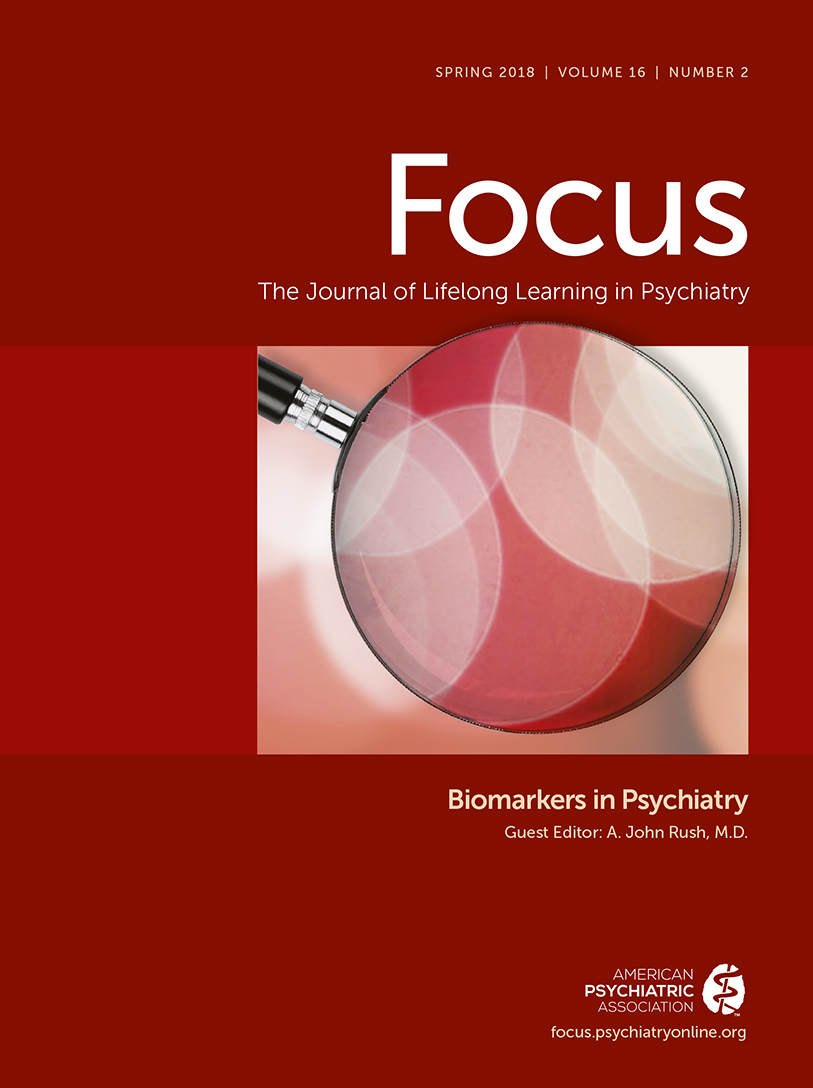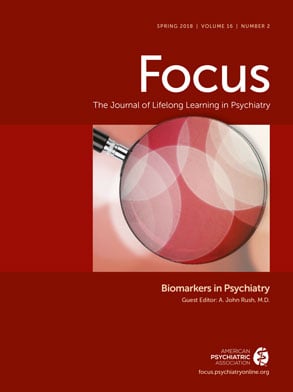Kelsey, an otherwise healthy 14-year-old girl, is doing well emotionally, academically, and socially. She is being treated with appropriate pharmacologic and psychological modalities for attention-deficit hyperactivity disorder by a child psychiatrist. With 5 minutes left in the parental portion of a routine follow-up visit, as Kelsey waits in the waiting room, the mother suddenly states to the daughter’s psychiatrist, “Oh, I meant to ask you. We sent in our saliva for genetic testing through one of those online services. I found out that Kelsey has the gene for dementia, but I haven’t told her anything about it yet. I was hoping you could talk to her about what it means. I didn’t really understand what was on the report. I was only trying to find out where our ancestors came from.”
Test Yourself.
Which of the following is an appropriate course of action for the psychiatrist to take at this point?
A.
Ask the mother whether she obtained Kelsey’s written informed consent for the DTC genetic testing beforehand.
B.
Express interest in seeing the genetic report but caution the mother that genetic counseling may be indicated to ensure that the family fully understands the genetic findings.
C.
Tell the mother that the findings do not predict dementia accurately enough and that she wasted her money.
D.
Ask Kelsey to step back into the office and ask her what she knows about the genetic testing that was done.
E.
Schedule a follow-up appointment once a genetic counselor can be identified who can be present to discuss all of Kelsey’s genetic testing.
The answer is B. The psychiatrist can express interest to maintain a therapeutic relationship with the family. However, given that the vignette paints a picture of a mother who may not fully understand the genetic report, it would be most helpful to obtain formal genetic counseling.
This hypothetical case illustrates some of the issues that psychiatrists may begin to face as genetic testing—perhaps particularly DTC genetic testing—becomes more widespread. What started as the mother’s curiosity about family ancestry appears to have transformed into an unanticipated journey into genetic predictive testing.
Obtaining
APOE ε4 genetic testing remains controversial. In this case, it appears that the mother has utilized a DTC genetic testing kit, which allows consumers to “opt in” to receive certain genetic test results, in particular for alleles that place individuals at increased risk of Parkinson’s or late-onset Alzheimer’s disease. The ability of consumers to obtain this information directly (and without a requirement for pre- or posttest genetic counseling) was made possible only relatively recently, by a 2017 decision by the U.S. Food and Drug Administration (FDA) allowing the marketing of “genetic health risk” tests (
5).
On the basis of the information provided so far, it appears that the mother may have received a genetic report stating that Kelsey has either one or two alleles of the
APOE ε4 allele, which increases the risk of developing Alzheimer’s disease in a dose-dependent manner. Genetic prediction based on
APOE testing is complex, however, and risk estimates vary depending on sex, ethnicity, and age (
6). As the frequency of DTC genetic testing increases, cases such as Kelsey’s may become more common. In addition, adults who have had these tests performed may raise questions and concerns with their provider, given the complexity of the information and the potential for lack of understanding.
One of the most important tasks (and one that will certainly require more than 5 minutes) is for the psychiatrist to ascertain the degree of understanding that the mother possesses regarding the purpose of genetic testing—in particular, the difference between diagnostic and predictive testing. A very useful overview of the range of goals of genetic testing is provided by Hoge and Appelbaum in their comprehensive review of ethical issues in neuropsychiatric genetics (
2):
Genetic testing can be used in clinical practice to: establish more definitive diagnoses (“diagnostic testing”), assist in management decisions (“pharmacogenomic testing”), provide guidance for reproductive choices (“reproductive testing”), and estimate the likelihood of disease onset in the future (“predictive testing”).
Although diagnostic testing is conducted in some instances in psychiatry (e.g., to confirm diagnoses of certain neurodevelopmental or neurodegenerative disorders), the case described here presents an instance of predictive testing. One of the purposes of genetic counseling prior to genetic testing is to ensure that there is adequate understanding of the limits of prediction. On the basis of the information presented, the psychiatrist is concerned about whether Kelsey’s mother understands the genetic test results, in particular the probabilistic versus deterministic nature of genetic tests. The common misunderstanding that there is “a gene for” a specific disorder (i.e., genetic determinism) persists, so there will be a need to address this misunderstanding—with success not necessarily assured. Indeed, assessing and enhancing patients’ and families’ understanding of genetic information are likely to become increasingly important roles for psychiatrists and physicians more generally (
4).
Informed consent as traditionally conceived—fully informed, voluntary, and competent—may need to be reconsidered as patients increasingly access these tests outside of the physician-patient relationship. In addition, helping patients make sense of these claims or the reports that patients receive from these companies also will create numerous ethical and practical challenges for psychiatrists.
In the case presented, it is unclear under what circumstances the mother had the daughter’s genetic testing done. Did Kelsey actually understand what the testing was about, and did she agree to learn her APOE allele status (i.e., did she make an informed, voluntary, and competent decision about the testing)? If the daughter did not make such a choice, it will be important to ensure that the mother understands the gravity of essentially doing genetic testing on her daughter without her daughter’s consent—essentially depriving her child of the right to decide for herself about an important health matter.
Because of controversy about the relative benefits versus potential personal, social, and legal consequences of APOE genotyping, numerous organizations have recommended against APOE genotyping and—if testing is conducted—strongly recommend pre- and posttest genetic counseling.
Arguments in favor of disclosure of
APOE genotype in research and clinical settings, as well as the approval of DTC genetic testing, have been based on the notion of autonomy—that is, the idea that people have a right to their genetic information if they desire it. In addition, results of several studies of disclosure of
APOE genotype found that—under highly controlled conditions—adults who learned of positive ε4 results did not, overall, suffer significant psychological harm (
6,
7), and the most robust predictors of posttest anxiety and depression were baseline anxiety and depression (
7). The majority of studies that have examined responses to genetic testing for Alzheimer’s disease have included adults with a family history of Alzheimer’s disease (
8). It should be noted, however, that such findings cannot be generalized to the circumstances surrounding the present case, because there was no pre- or posttest counseling, and it is unclear how well informed the mother was prior to accessing the genetic reports.
Psychiatrists should also be aware that genetic counseling may be obtained through the DTC genetic test companies themselves, usually for an additional fee. In this case, the psychiatrist’s best course of action is to spend additional time gathering more information from the mother about the circumstances of the genetic testing and ascertaining how much the mother already knows about Alzheimer’s disease and genetic risk. The motivations for the mother’s seeking genetic information should also be explored, because there may be relevant family dynamics at play. Although this tricky case is fictional, the issue of whether adolescents should have a choice about receiving their genetic information has been previously discussed and debated. In general, experts believe that predictive testing should not be conducted in children or adolescents when there are no available interventions (
2).

